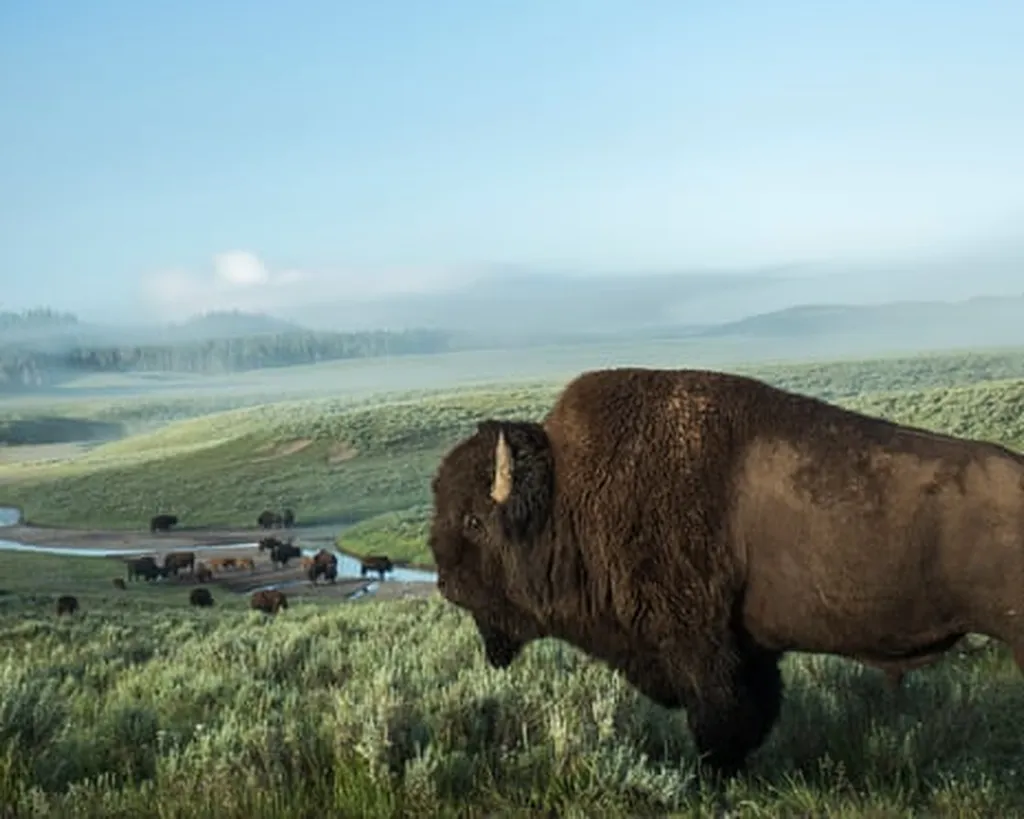The resurgence of bison in Yellowstone National Park, from a mere handful to a thriving population of 5,000, has not only been a triumph for conservation but also a boon for the park’s grasslands. This remarkable comeback, detailed in a recent study published in the journal Science, offers valuable insights for the agriculture sector and investors alike.
The study reveals that the bison’s annual migration, covering roughly 1,000 miles along a 50-mile route, has a profound impact on the grasslands. As they graze, bison churn the soil and deposit manure, which boosts microbial activity. These microbes, in turn, enhance the nutrient content of the grasses, making them up to 150 percent more nutritious than in ungrazed areas. Importantly, the grasses also grow just as much as they would in the absence of grazing, indicating that bison grazing does not deplete the vegetation.
For the agriculture sector, these findings underscore the potential benefits of incorporating large herbivores into grassland management strategies. Traditional approaches often focus on maintaining small, enclosed herds, but the Yellowstone study suggests that allowing animals to roam freely could lead to more robust and nutritious grasslands. This could have implications for livestock farming, where improved pasture quality could enhance animal health and productivity.
Investors in agricultural technologies and sustainable farming practices may find inspiration in the Yellowstone model. The study highlights the importance of biodiversity and natural processes in maintaining healthy ecosystems. By supporting initiatives that promote large-scale, free-roaming herbivores, investors could contribute to more sustainable and productive agricultural systems. Additionally, the study’s findings could spur innovation in grazing management technologies and techniques that mimic the benefits of natural herbivore behavior.
Moreover, the Yellowstone example demonstrates the value of restoring native species and their ecological roles. As the study’s coauthor Bill Hamilton notes, the current large herds of bison are helping Yellowstone grasslands function better than they would in their absence. This insight could encourage investors to support conservation efforts that focus on restoring native species and their habitats, potentially leading to more resilient and productive ecosystems.
In conclusion, the remarkable comeback of bison in Yellowstone National Park offers valuable lessons for the agriculture sector and investors. By embracing the benefits of large, free-roaming herbivores, stakeholders can contribute to more sustainable and productive agricultural systems, while also supporting the restoration of native species and their ecological roles.

